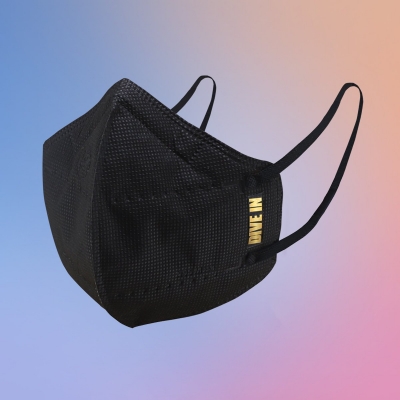Bhubaneswar– A commercial five-layered mask coupled with social distancing and good ventilation may be key to curtail the spread of SARS-CoV-2, the virus that causes Covid-19, in enclosed spaces like offices, prisons and hospitals, say researchers from the Indian Institute of Technology Bhubaneswar, Odisha.
The findings, published in the journal AIP Advances, showed that just breathing or participating in normal conversation, even without the risk of coughing or sneezing, led to a leakage of air droplets from masks.
While a commercial five-layered mask showed full front-of-face protection and minimal leakage below the chin, N-95 masks showed leakage in gaps between the mask and nose. The surgical mask also showed leakage from the front.
Adding a face shield can restrict droplet spread, the researchers noted.
This presents a notable challenge in preventing the spread of the virus, currently witnessing a second wave in India with 12.8 million positive cases, they added.
“Our findings show the need for good ventilation systems that take into account the 5 to 10 per cent of aerosolised particle leakage that occurs in each breathing cycle as a way to reduce droplet concentration in enclosed spaces,” said Venugopal Arumuru from the varsity.
“There also is a need for mask design innovation to reduce side and bottom droplet leakage while providing adequate face comfort,” Arumuru added.
In an experimental setup, a mechanical breathing simulator was connected to a mannequin standing at 5 feet 8 inches tall to simulate regular breath and slightly longer breath typical of healthy adults standing still or involved in moderate activity, like walking, talking, or participating in assembly work.
The researchers evaluated the efficacy of various mask types, mask-shield combinations, and only face shield use.
A fog generator was filled with a mixture of water and glycerin to emulate the consistency of saliva droplets in the diameter range of 1-10 micrometers to reflect airborne transmissibility. Droplet exposure was illuminated and captured by video camera.
The researchers found that with no face covering, droplets from breathing can travel up to 4 feet in five seconds.(IANS)


